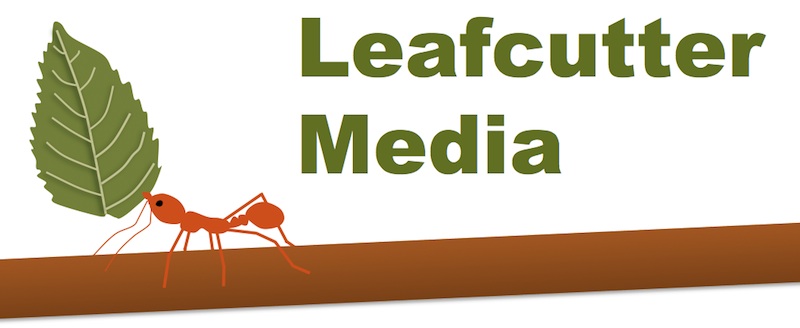I have been thinking about the humble index card. What are some good ways to use them in class or other presentations to large groups?
Here’s one way that I use them. On the first day of class, I have my students fill out an index card with their name, student ID, outside interests, class level, major, information about other science classes they’ve already had, how much they think they like biology on a scale of 1-10, and something they’ve always wondered about biology (their “Burning Question.”) I refer to these cards, a few of which are illustrated here, as relevant topics come up throughout the semester.
As another idea, a book by Angelo and Cross called “Classroom Assessment Techniques” suggests a technique called “Chain Notes.” The instructor passes out index cards before class. Then, during class, he or she circulates a manila envelope with a question written on it. Students are instructed to answer quickly on the index card when the envelope reaches them. They then place the card in the manila envelope and pass it on. To illustrate this technique, the book cites a professor who wanted to know more about how students use their time during class; the question therefore asked students to write what they had been thinking about when the envelope reached them. The answers provided a detailed snapshot of student thoughts and distractions, and they sparked a useful conversation on the role of both the professor and the students in creating an engaging classroom environment.
The Angelo and Cross book also has many other time-honored techniques that can be adapted for use with index cards, including “minute paper” and “muddiest point” assignments.
Of course, the classic use for index cards is flashcards. I can spend another blog post on how I think students should make and use flashcards. (If you just can’t wait, I have a posted a brief PowerPoint on Flashcard Excellence on my teaching website.)
A challenging assignment is to use index cards as a stand-in for a “post card to an 8-year old.” For example, after describing a complex process in class, you can have your students summarize it on the index card in language that an 8-year-old can understand.
All of the preceding ideas work in classes of any size. But if you are working with small groups of students, one additional idea is to provide words written individually on index cards and have the students physically sort the cards according to any category that you or the students provide. In teaching about cancer, I have done a variation of this activity, using words from DNA to protein to the stages of mitosis to metastasis to cancer treatments on separate slips of paper. Watching students organize these words according to criteria they devise is extremely enlightening.
And here is one last idea, which I found during a quick and fruitful Google search on the topic “uses of index cards in class.” Check out this page by Cathy Davidson, entitled “Single Best Way to Transform Classrooms of Any Size!” It provides a step-by-step way to use index cards in a think-pair-share activity. The trick is to have students take 90 seconds to write a list of three things. The subject can be anything pertinent to your class, of course; I suspect the quality of the question will have a lot to do with whether the activity is a success. Once they have written their own lists, the students discuss with a peer and decide on the single best item on the combined lists. They report this item back to the larger class. Hopefully, excellent discussion ensues.
I am considering using this technique in a talk I will be giving later this month to a group of faculty and students. The question? I haven’t decided yet, but I’m thinking of “What are the three most important problems that biology can solve?” We’ll see how it goes. I am excited by the prospect of excellent discussion, and frightened by the thought of losing control of “my” talk.
I am sure there are many other uses for index cards. Please share if you have one to add!



Pingback: The Versatile Index Card, Part 3 « Teaching nonmajors biology
Pingback: Flashcards, but with a Twist | Teaching nonmajors biology